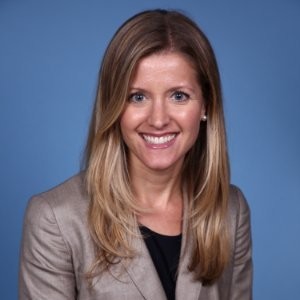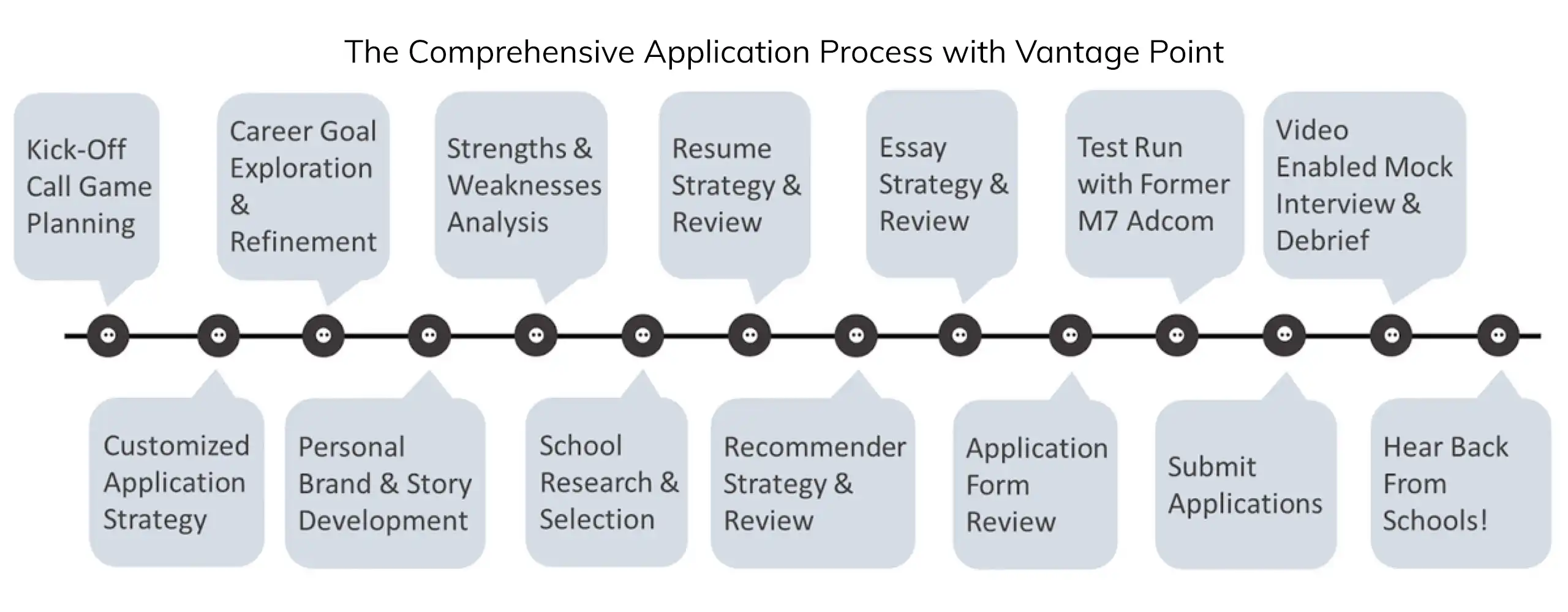Who Gets into Stanford GSB?

You may have seen this article on Poets & Quants, which shared some eye-opening data from our peer firm, Fortuna Admissions, about who gets into Stanford GSB and Harvard Business School. In a nutshell, the article proved that, while these two uber competitive programs tout their diverse class compositions, in reality they show a clear preference for certain backgrounds. Well, that’s disheartening, huh? Who gets into Stanford? That’s the million-dollar question for anyone considering Stanford MBA admissions. Stanford MBA admissions are known for their extreme competitiveness, with a Stanford GSB acceptance rate among the lowest of any MBA program. This exclusivity makes Stanford MBA admissions a challenge, and understanding MBA program selectivity is critical to crafting a standout application. Applicants often wonder how the Stanford GSB acceptance rate reflects the qualities the admissions team seeks. Success in Stanford MBA admissions often hinges on a mix of leadership, innovation, and personal impact, which are closely tied to MBA program selectivity. Navigating Stanford MBA admissions requires a deep understanding of what makes the Stanford GSB acceptance rate so competitive. With MBA program selectivity being a crucial factor, candidates must align their achievements with Stanford’s values to maximize their chances. The journey through Stanford MBA admissions offers valuable insights into both personal growth and the expectations of MBA program selectivity. Despite the Stanford GSB acceptance rate being daunting, preparation and authenticity are key to succeeding in Stanford MBA admissions.
Yes, it certainly can feel a bit unfair. At this stage in the game, you can’t change where you went to college, and you may or may not have time (or the desire) to switch jobs. So, does that mean you should give up on your dream of attending one of these top programs? We’re not in the business of sugarcoating things – the chances of getting into HBS or the GSB are small for even the most qualified applicant.
We are in the business, however, of helping applicants increase their chances. And we think this research can be used to help you do exactly that. Here are our four actionable takeaways from the research about who gets into Stanford GSB and HBS:
#1 – Successful applicants have a proven track record of outperformance. If you can’t do this through the selectivity of your undergrad or employer, find another means to demonstrate you are the ‘best of the best’.
Perhaps the most notable takeaway from this analysis is that a disproportionate number of HBS’ and Stanford’s classes attended a small subset of highly selective US undergraduate institutions. For instance, 53% of Stanford’s class studied at just 19 institutions (Ivies and similarly competitive public and private institutions). Further, the employer names on your resume matter, a lot. Half of HBS’ class worked for one of 20 companies (MBB, bulge bracket banks, big tech) or the military.
So, what if you didn’t go to an Ivy League school or work at McKinsey? Fair or not, admissions officers are using such credentials to determine which candidates consistently excel relative to an intensely talented peer set.
The key is to think about times (note we said times, plural) where you stood out from the pack and make sure these are highlighted in your application. Maybe you were a standout competitor in a college sport while maintaining a stellar GPA, for instance. Or you work at a slightly less impressive firm but rose through the ranks more quickly than anyone at your level has before. These types of accomplishments should be reiterated across your resume, essays, and recommendations (as appropriate).
#2 – International applicants who have never studied or worked in the US bear an additional burden of proof to show they’ll fit in and be competitive at HBS or the GSB.
Another takeaway that, frankly, surprised even us was that many (33%-50%) of the ‘international’ students in HBS’ and Stanford’s classes had studied in the US for undergrad. Amongst the remainder, only select international universities (Cambridge, McGill, the IITs, etc.) had more than one admit per class.
If you are an international applicant without US-based college or work experience on your resume, the bar is just higher, plain and simple. Take great care to highlight any and all cross-cultural work or extracurricular projects you’ve been involved with, notably those that required communicating in English. Beyond just participating in such projects, demonstrate that you had a material impact on the outcome, influenced other stakeholders, etc.
#3 – For overrepresented groups, differentiation versus peers becomes the name of the game. That will usually come from stories outside of work.
This is not all to say that, if you went to Princeton and work at Goldman Sachs, you are automatically one of the lucky few who gets into Stanford GSB or HBS. A big, yet unavoidable shortcoming to this analysis is that the authors have no way to know what the pool of applicants looked like. It’s possible that those with MBB experience are overrepresented in the class because they were overrepresented in the applicant pool.
We’ve worked with a lot of management consultants and private equity associates – trust us when we say that the hardest part of the application journey for these individuals is differentiating themselves from equally qualified peers who have worked on similar cases or deals. Telling a story about how you flawlessly led a workstream on your latest case is unlikely to set you apart.
In our experience, the difference makers for those from overrepresented groups are twofold – the stories you tell in your essay(s), which should overwhelmingly come from outside of work, and the quality of your recommendations. Successful essays (the writing of which deserves an entirely different article) present a clear and coherent picture of who you are, NOT what you’ve done. They also strike a tone of humility, collaboration, and impact.
When it comes to who gets into Stanford GSB and HBS, particularly amongst candidates with similar resumes, we cannot stress the letters of recommendation component of your applications enough. Make sure your recommenders highlight what differentiates you from other people at your level (9 times out of 10, perhaps more, this is NOT the quality of your analytical output, for example). These differentiators should feel authentic to you and be supported by strong, specific examples. It is hard and takes real investment to write a stellar recommendation – above all else, make sure you choose recommenders that will take this to heart.
#4 – Carefully think about when to apply, considering whether another year of experience would put you in the sweet spot for HBS / GSB given your background.
Lastly, and particularly for those from a crowded space like management consulting, give real thought to when you apply. Fortuna’s research showed that schools like HBS may not be as reticent to admit older applicants as common industry knowledge suggests.
In our experience, candidates who have fewer than average years of work experience (4.7 years is HBS’ average at matriculation, for reference) can have more difficulty coming up with defining leadership stories and articulating a nuanced vision of the change they plan to drive in the future.
We’ve found that year two on the job after college is when people begin to get a sense for where their passion lies and/or what their ‘superpower’ is. Consciously trying to gain experience in a focus area or leveraging a unique ability during their third year in the workforce can make all the difference when it comes time to writing your HBS and GSB essays (and can also strengthen the quality of your recommendations). Again, this isn’t an exact science, just something to consider as it relates to your own profile.
If you’d like an honest assessment of whether your profile aligns with who gets into Stanford GSB or HBS, as well as advice on optimizing your chances, reach out to request a consultation.
Katie is a passionate mentor and coach, helping her clients craft a unique, compelling story by leveraging her experience as a corporate executive, alumni interviewer, and campus recruiter. Before completing her MBA at Kellogg, Katie spent five years in banking where she learned practical finance skills as well as how to operate in a demanding, high pressure environment. She pursued an MBA in order to transition to an industry role where she could utilize her finance knowledge to drive change within an organization. Post-MBA, she worked in finance and strategy for a leading CPG firm, progressing to an executive role leading the finance function for a $2B business segment. Her experience managing diverse teams led to a passion for developing others. In addition to her day-to-day responsibilities, she led her firm’s MBA recruiting efforts and served as an alumni admissions interviewer for Kellogg.





Pingback: Acceptance Rates at Top MBA Programs | Vantage Point MBA
May 23, 2024 8:52 pmPingback: 2024-2025 Stanford MBA Essay Tips | Vantage Point MBA
July 12, 2024 2:59 pmPingback: My Stanford GSB Interview Experience: Questions To Expect and How to Prepare
September 26, 2024 6:40 pm